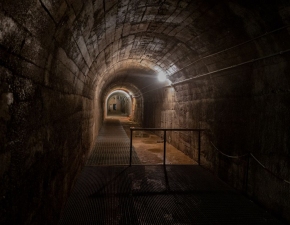
The Park of Military History at the Annual Scientific Conference of the ICOMAM Association in the United Kingdom
Between the 29th of September and the 4th of October, the annual professional conference of the ICOMAM association took place in London. The International Committee of Museums and Collections of Arms and Military History (ICOMAM) operates within the framework of the International Council of Museums (ICOM), which includes the majority of museums worldwide in this field. ICOMAM connects military history museums and arms collections from across the globe, aiming to network museum professionals in the field of military history, exchange knowledge and experience, and raise heritage conservation standards. The association of museum professionals is led by an international executive committee. In 2022, during ICOMAM’s autumn general assembly, the director of the Park of Military History, Janko Boštjančič was elected as the representative of Central Europe to the committee for a three-year term.
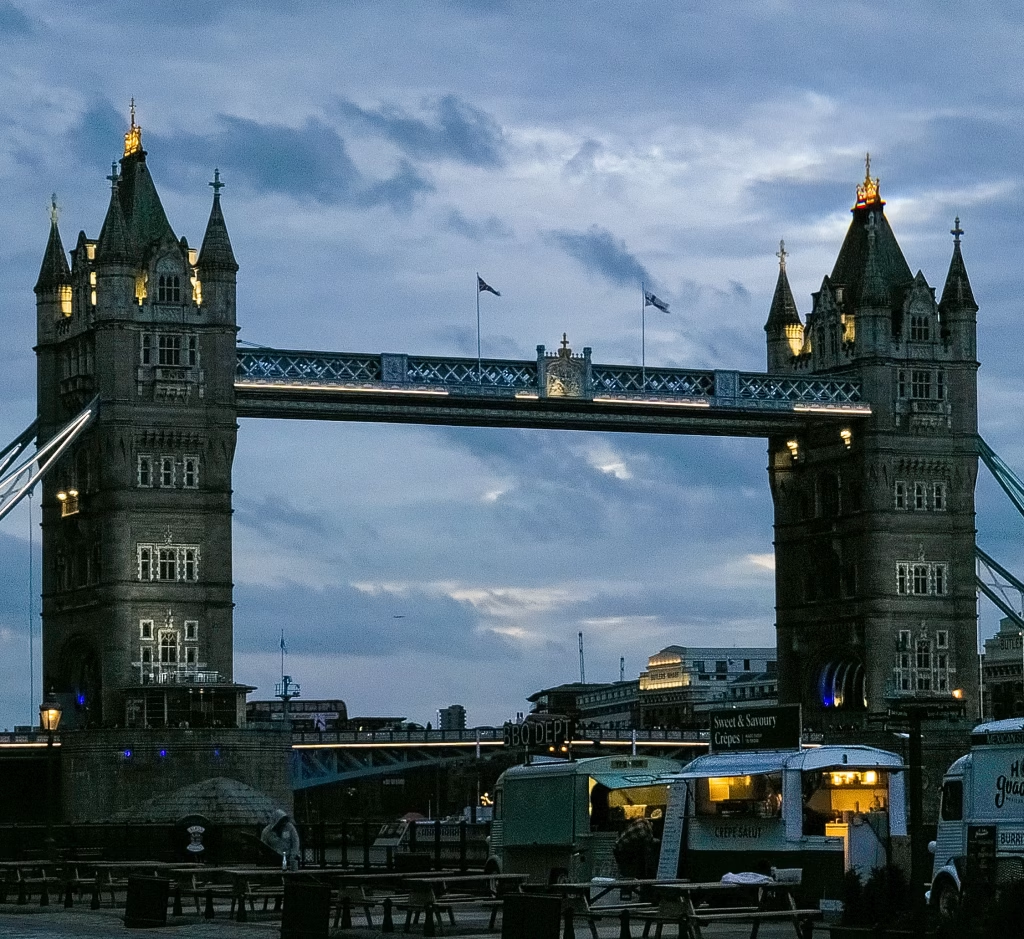
This year’s conference was organised by the British National Army Museum, based in the Chelsea district of London, and the Royal Armouries, which operate across three locations: the Tower of London, Leeds, and Fort Nelson in Portsmouth. The hosts highlighted the fact that although the event was organised by two related institutions, they differ significantly in terms of their age. The National Army Museum, founded in 1960, is one of the youngest national museums, whereas the Royal Armouries is one of Britain’s oldest museums, with its origins dating back to the 15th century.
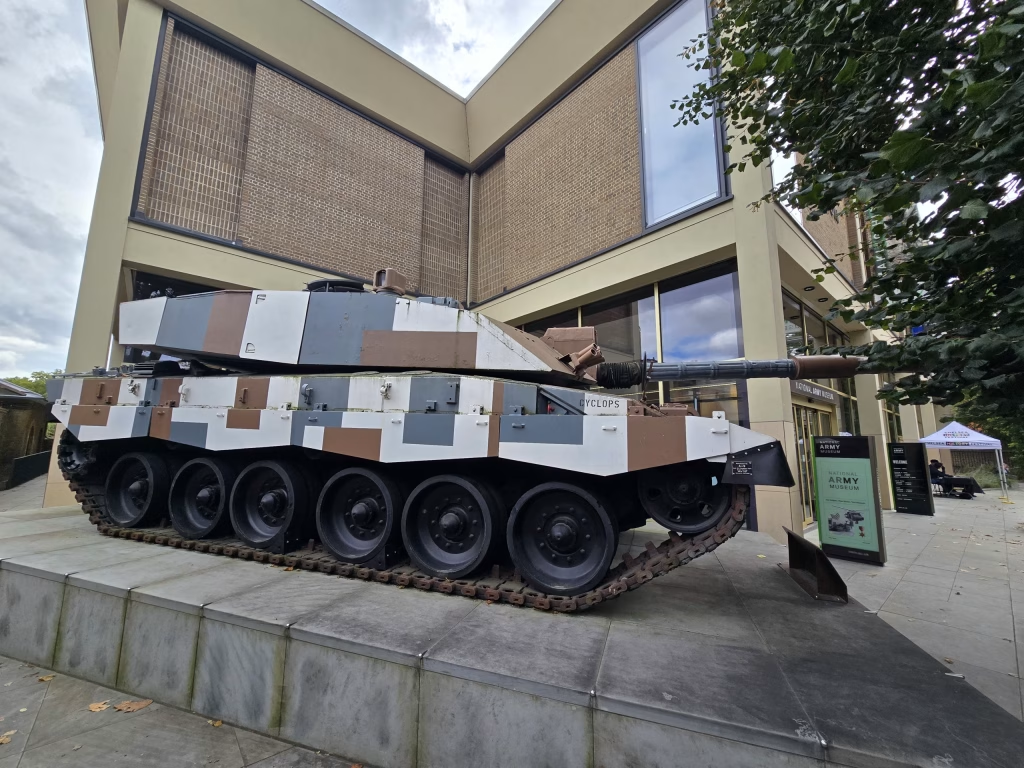
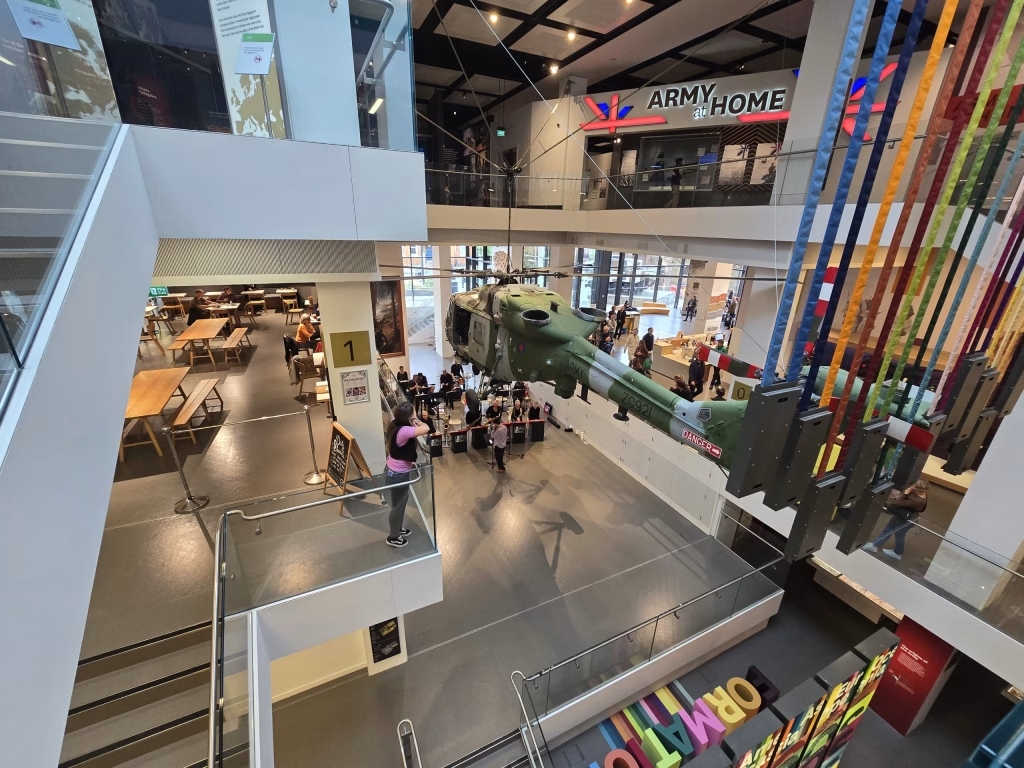
This year’s international conference was attended by over 80 experts from around the world. It began with a formal reception at the Tower of London. During the first two days, participants presented professional papers on topics such as the conservation of exhibits, the development of military equipment and weaponry, the use of the latest technologies in museums, and much more.
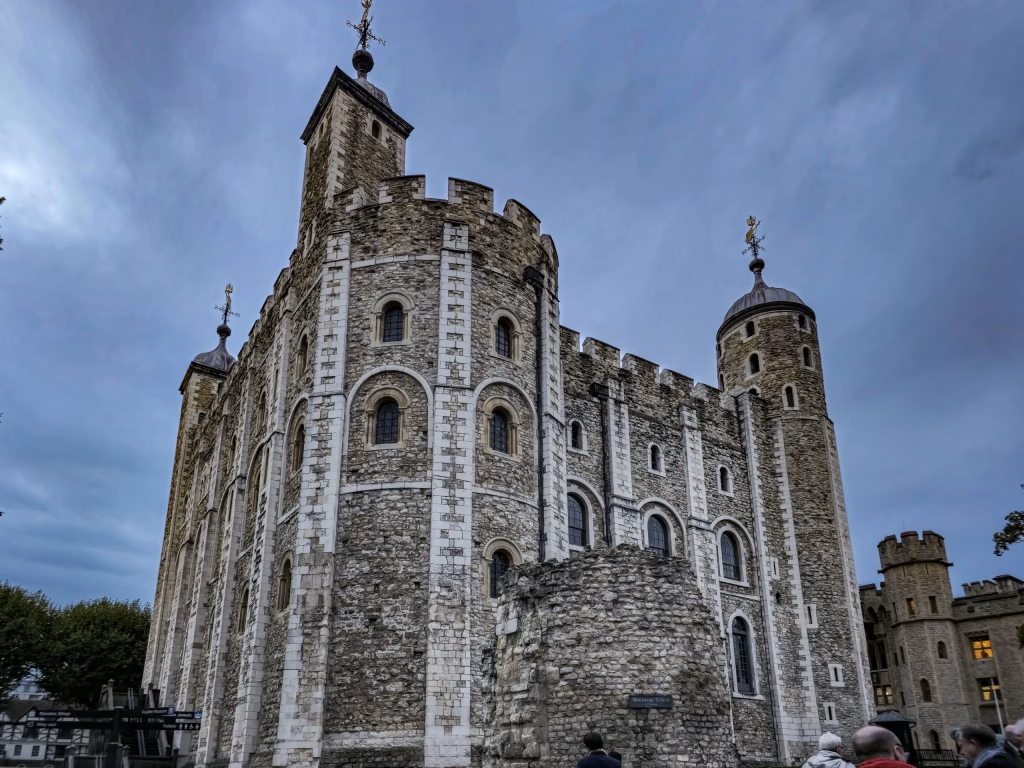
The organisers made exceptional efforts in arranging a study tour, which included a visit to the storage facility of the National Army Museum in Stevenage. There, alongside the use of the most modern conservation approaches for preserving museum artefacts, they also adopt a highly pragmatic approach in both collection policy and the protection of the collections.
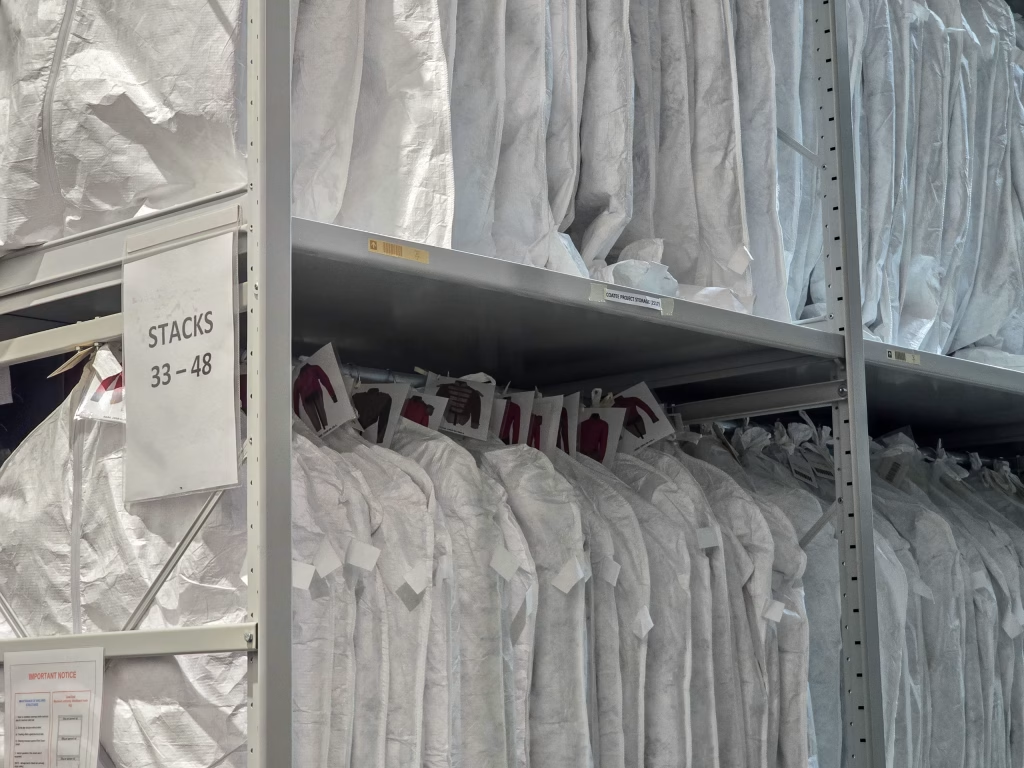
The study tour continued with a visit to the Royal Armouries in Leeds. This purpose-built museum, completed in 1996, cost £42.5 million to construct. A significant portion of the collection was relocated from the Tower of London to this new museum facility. The site in Leeds was chosen with the intention of decentralising and distributing the national museums from the concentration in London, while also aiming to revitalise the then-derelict area around the Leeds Docks. Nearly 30 years later, it is clear that the investment in the new museum was justified, as it attracts over 250,000 visitors annually, and the entire area has been revitalised with new development prospects.
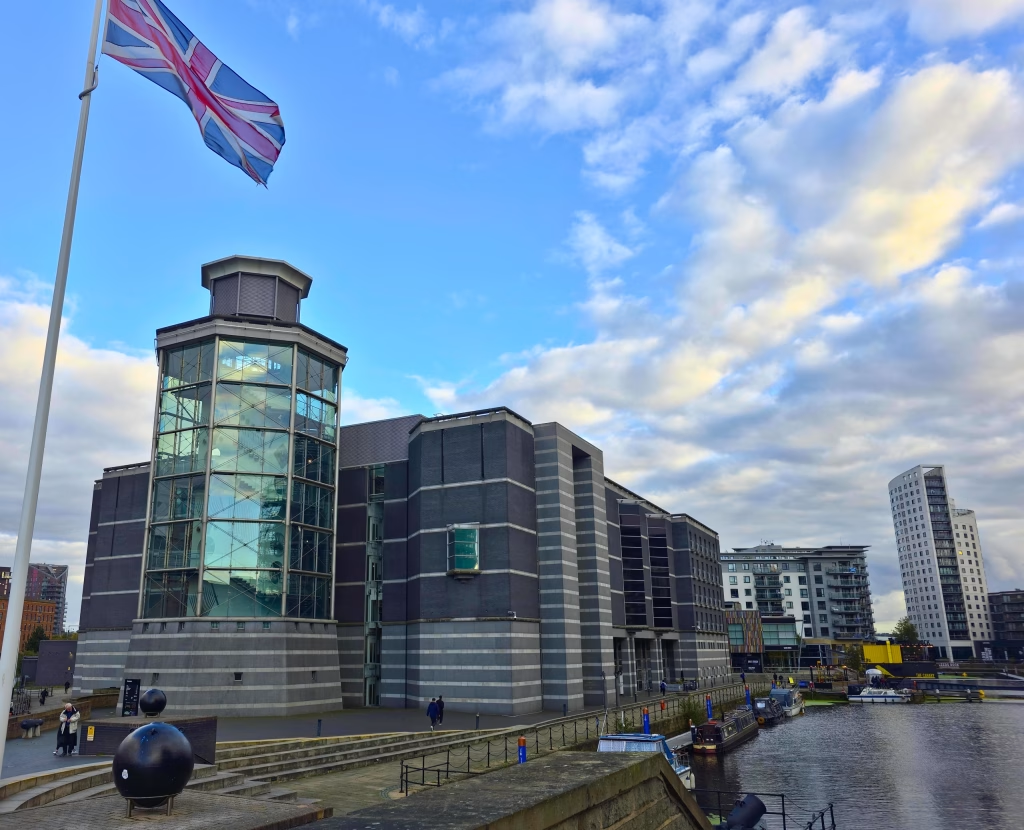
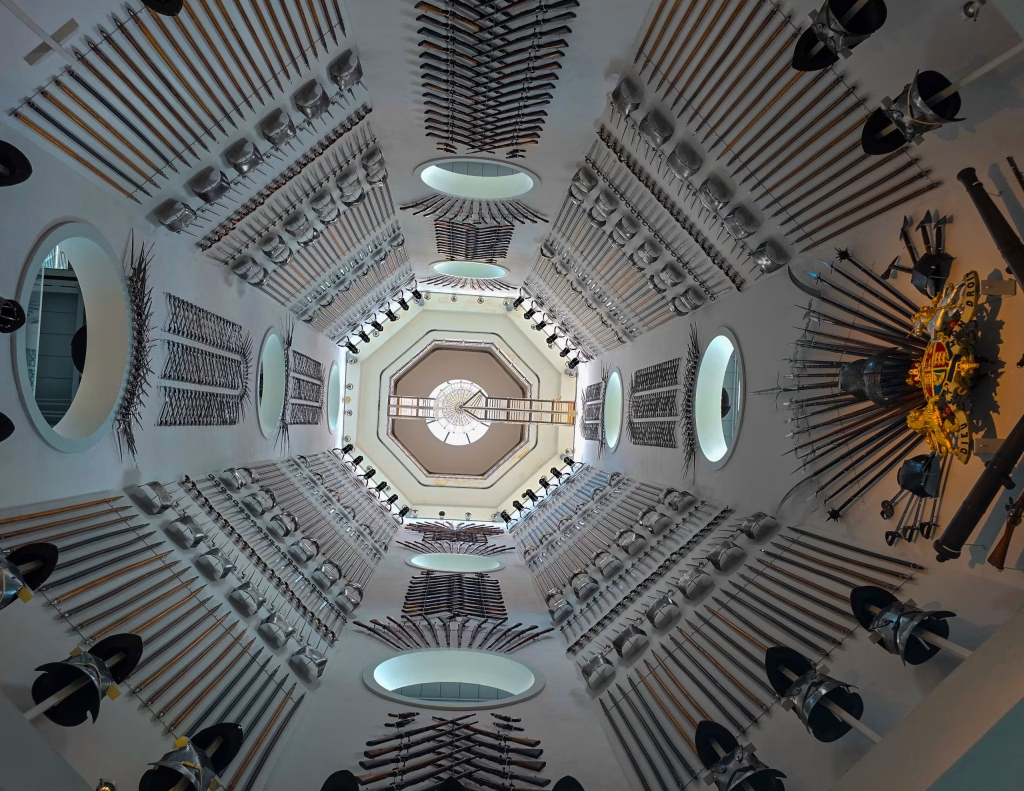
In the final part of the study tour, the conference participants visited the remains of Kenilworth Castle and the museum complex at Bletchley Park, where a crucial part of Operation Ultra took place during the Second World War. This operation involved breaking the Enigma code, significantly contributing to the course and outcome of the war. The study tour was concluded at Windsor Castle, which is one of the royal residences and serves as a “working” castle still used by members of the British royal family, despite the crowds of tourists.
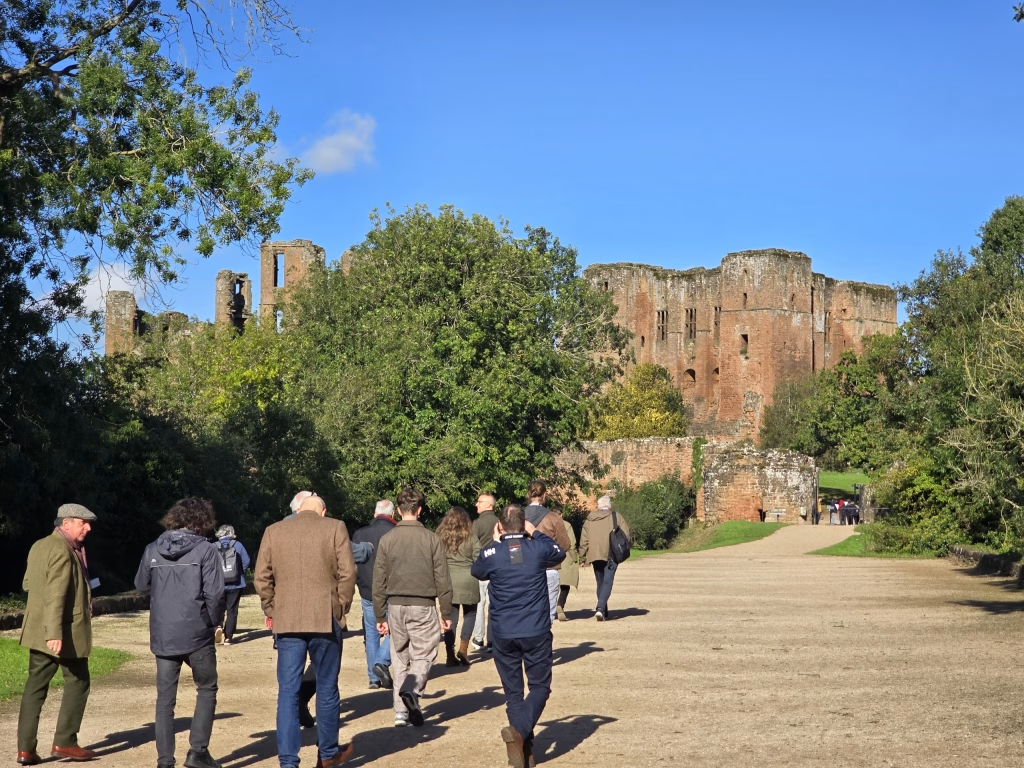
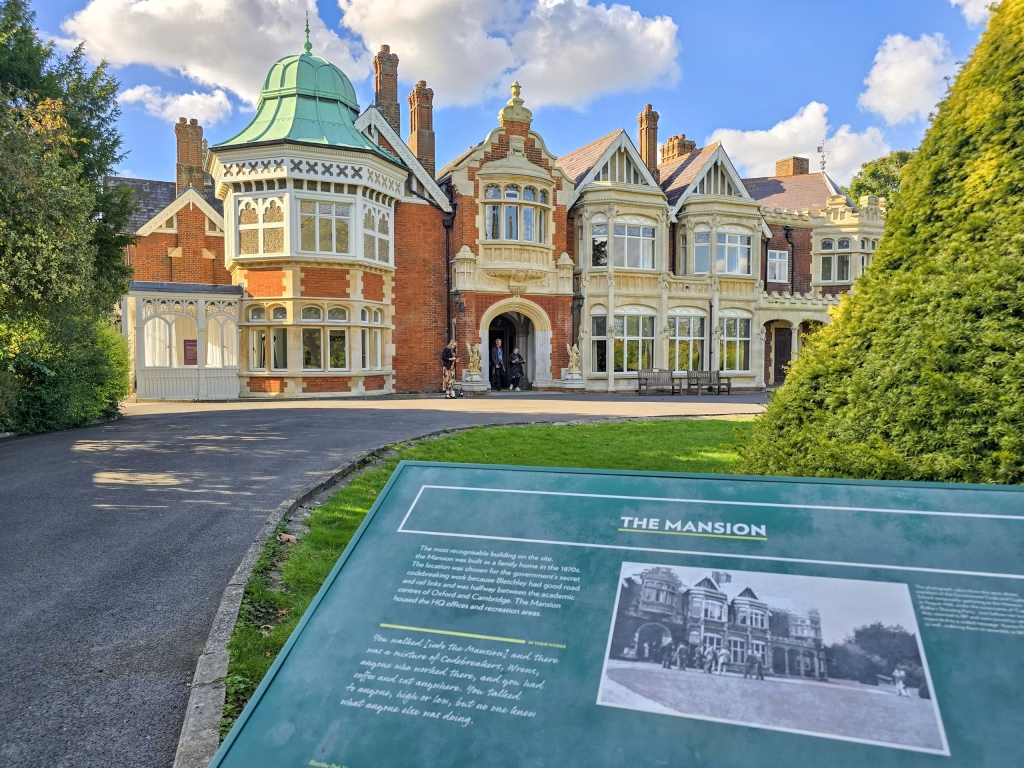
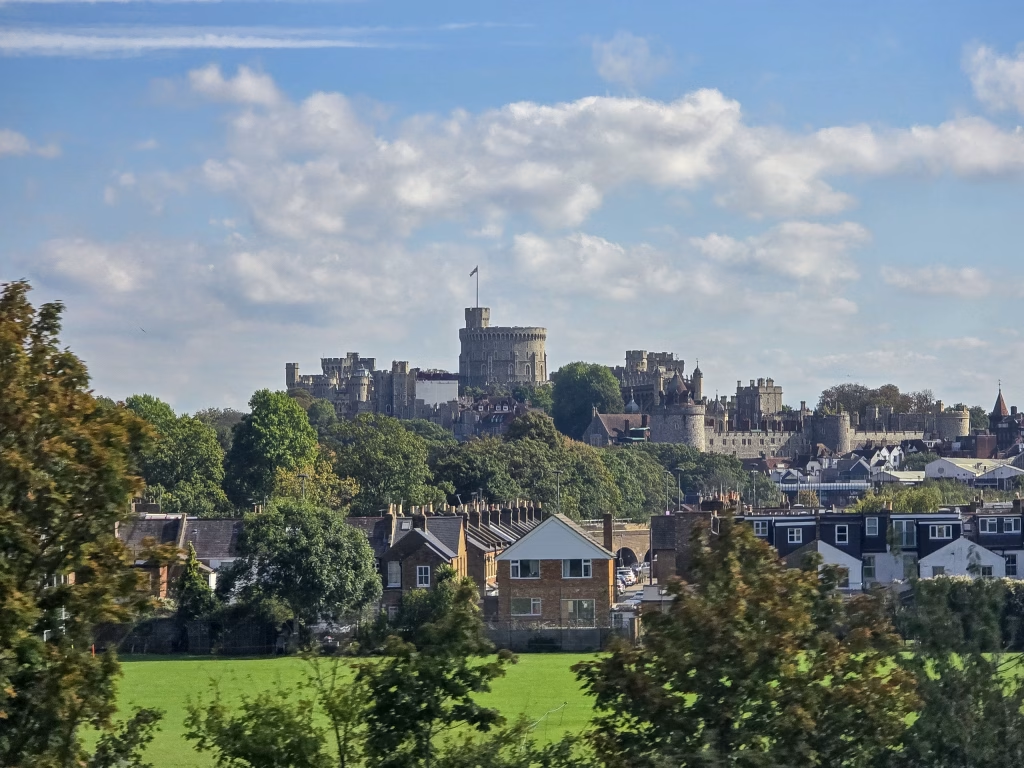
The meeting was significant for establishing new connections with partner institutions and individuals, and it certainly strengthened existing relationships while also creating new valuable links with foreign partners. We would like to express our gratitude to ICOMAM and all the conference organisers, particularly to Mr Mark Murray-Flutter from the Royal Armouries, who became a viral sensation on social media just days before the conference, bringing the museum and its collection closer to Generation Z.
The conference in the United Kingdom was attended by the director of the Park of Military History, Janko Boštjančič, and Boštjan Kurent.


